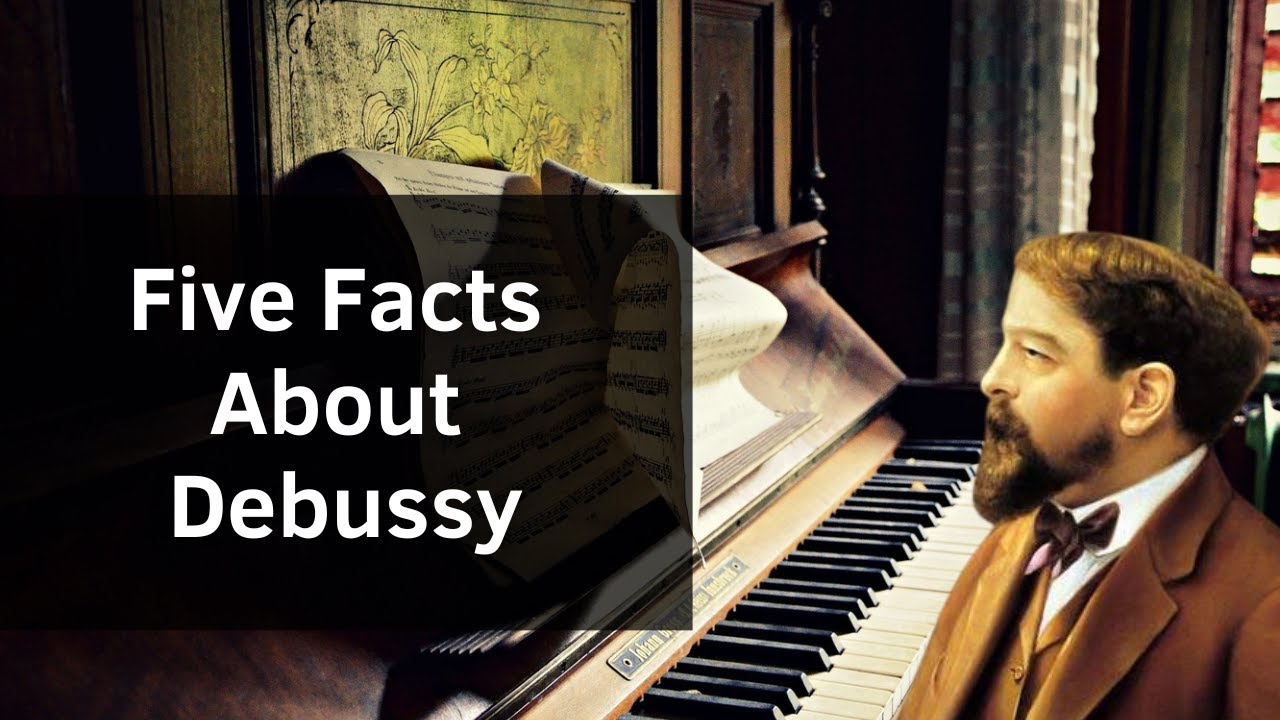
Five Facts You Didn’t Know About Debussy
Five Facts You Didn’t Know About Debussy The Mozarts, Beethovens, and Mendelssohns are all examples of legendary and multigenerational, classical music dynasties. Unlike the children in[…]

Debussy Biography – Music | History
Claude Debussy (22 August 1862 – 25 March 1918) was a French composer. He is sometimes seen as the first Impressionist composer, although he vigorously[…]

Debussy – La Mer – Music | History
La mer, trois esquisses symphoniques pour orchestre (French for The sea, three symphonic sketches for orchestra), or simply La mer (The Sea), L. 109, CD.[…]

Debussy – Préludes – Music | History
Debussy – Préludes – Music | History Claude Debussy’s Préludes are 24 pieces for solo piano, divided into two books of 12 preludes each. Unlike some[…]

Classical Music for Reading – Debussy Collection
Claude Debussy (22 August 1862 – 25 March 1918) was a French composer. He is sometimes seen as the first Impressionist composer, although he vigorously[…]

The Best of Debussy – Part I – Greatest Works
Claude Debussy (22 August 1862 – 25 March 1918) was a French composer. He is sometimes seen as the first Impressionist composer, although he vigorously[…]

Debussy – La damoiselle élue
La Damoiselle élue (The Blessed Damozel), L. 62, is a cantata for soprano soloist, 2-part children’s choir, 2-part female (contralto) choir (with contralto solo), and[…]

Debussy – Danse sacrée et danse profane – 2 Danse Profane
Claude Debussy (French: [aʃil klod dəbysi]; 22 August 1862 – 25 March 1918) was a French composer. He is sometimes seen as the first Impressionist[…]

Debussy – Prelude to the Afternoon of a Faun
Claude Debussy – Prelude to the Afternoon of a Faun Prélude à l’après-midi d’un faune (L. 86), known in English as Prelude to the Afternoon of[…]

Debussy – The Children´s Corner – Golliwogg´s Cakewalk
Claude Debussy – The Children´s Corner – Golliwogg´s Cakewalk Children’s Corner, L. 113, is a six-movement suite for solo piano by Claude Debussy. It was published[…]